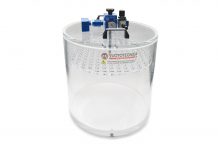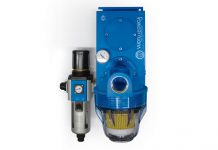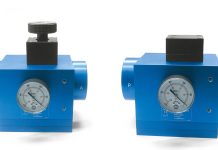Space missions pose unique challenges for food preservation. The absence of a protective atmosphere exposes food to radiation that can alter nutrients and accelerate spoilage; microgravity affects the distribution of liquids within food, speeding up the spoilage process and affecting taste. Finally, temperature fluctuations in spaceships can affect the freshness of food.
This raises the issue of ensuring long shelf life, nutritional safety and (not to be underestimated) also a reduced weight and bulk of food, which can help reduce launch costs and improve the quality of astronauts’ daily lives.
One of the key technologies in terms of ‘space food’ is freeze-drying, a process that uses a vacuum to remove water from frozen food. This method not only drastically reduces the weight of the food, but also preserves its nutritional properties and flavour, making it ideal for long missions.
Freeze-drying takes place in several stages. First, the food is frozen at extremely low temperatures. Then in a vacuum chamber, the pressure is reduced and heat is applied, allowing the frozen water to sublimate, i.e. to go directly from a solid to a gaseous state.
A further reduction in pressure removes any residual moisture, ensuring a completely dry product.
When food is to be consumed, it can be rehydrated with water, returning almost to its original state with its smell, taste and colour.
Vacuum technologies are a crucial component in the preparation and preservation of food for space missions.







































